Tokyo Paralympics: Meet the Indian athletes who have won medals so far | Tokyo Paralympics News – Times of India
India have already registered their best ever performance at a single edition of the Paralympics, with the medal haul touching double figures for the first time in the history of India at the Paralympics in Tokyo on Tuesday.
Before this, the best showing for India at the Paralympics was a total haul of 4 medals, which was registered in two separate editions (1984 and 2016).
India has so far collected two gold medals, five silver and three bronze medals. China and Great Britain are the top two countries on the medal tally currently.
Here’s a quick look at the 10 Indian athletes who have won medals so far at this edition of the Tokyo Paralympics:
Bhavinaben Patel (Table Tennis) – Silver
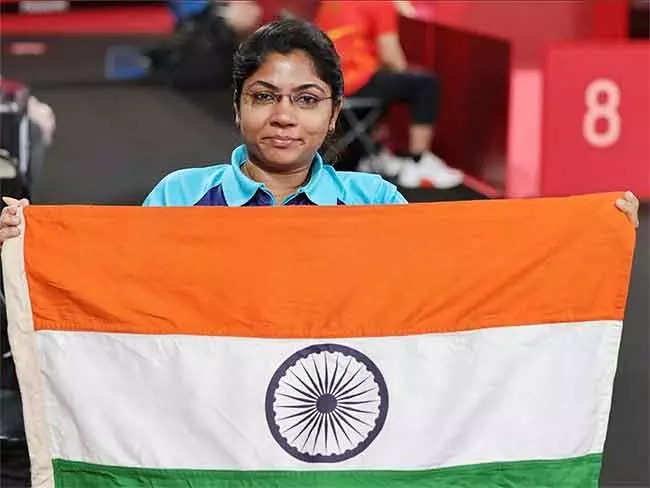
Table Tennis player Bhavinaben Patel opened India’s account at the Games when she became only the second Indian woman to win a medal at the Paralympics.
Playing the gold medal match, Bhavina won the silver medal, after losing to Chinese paddler Ying Zhou 7-11, 5-11, 6-11 in the women’s singles table tennis class 4 final on August 29.
The 34-year-old Bhavina, who hails from Sundhiya village in Gujarat’s Mehsana district, was diagnosed with polio when she was just 12 months old and competes in a wheelchair. She is coached by her husband Nikul Patel, who has also played junior cricket for Gujarat.
Nishad Kumar (High Jump) – Silver
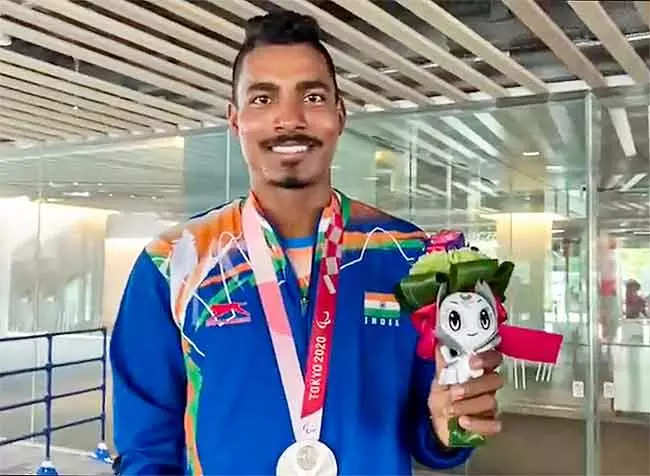
Nishad Kumar won India’s second medal at Tokyo Paralympics when he clinched a silver medal in the men’s high jump T47 event with an Asian record effort of 2.06m on August 29.
T47 class is meant for athletes with a unilateral upper limb impairment resulting in some loss of function at the shoulder, elbow and wrist.
Hailing from Una in Himachal Pradesh, the 21-year-old Nishad had met with an accident at the age of eight that resulted in the loss of his right hand.
Avani Lekhara (Shooting) – Gold
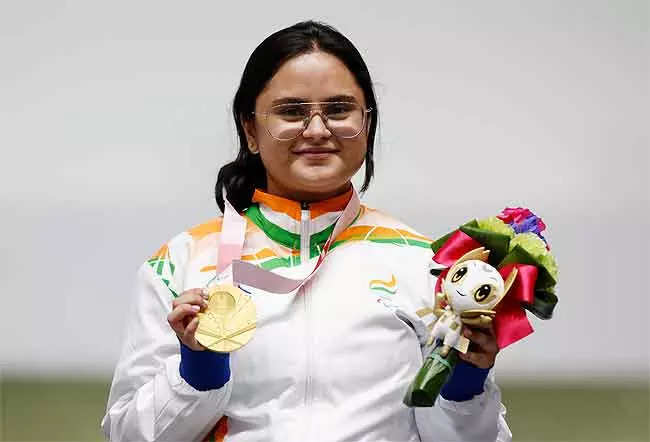
Avani Lekhara made history on August 30 when she became the first Indian woman ever to win a gold medal at the Paralympics.
Avani fired her way to the top of the podium in the R-2 women’s 10m Air Rifle Standing SH1 event, edging out 2016 Rio Games gold-medallist Cuiping Zhangh of China who clinched the silver medal.
Avani finished with a world record equalling total of 249.6, which is also a new Paralympic record.
Avani also became only the fourth Indian athlete to win a Paralympics gold after swimmer Murlikant Petkar (1972), javelin thrower Devendra Jhajharia (2004 and 2016) and high jumper Mariyappan Thangavelu (2016).
19-year-old Avani, who hails from Jaipur, had sustained spinal cord injuries in a car accident in 2012.
In the SH1 Rifle category, shooters are able to hold a gun with arms. The athletes have an impairment in their legs, for example amputations or paraplegia. Some athletes compete in a seated position, while others compete in a standing position.
Yogesh Kathuniya (Discus Throw) – Silver
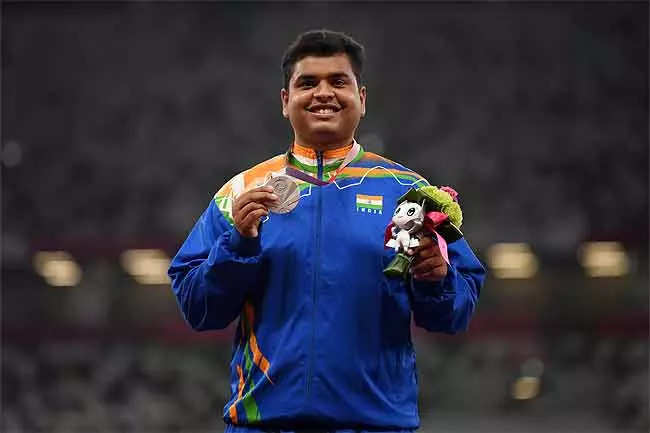
Yogesh Kathuniya won the second medal for India on August 30 when he sent the disc to a best distance of 44.38m in his sixth and last attempt to clinch the silver in F56 classification.
Son of an Army man, the 24-year-old Kathuniya is a B.Com graduate from New Delhi’s Kirorimal College.
Kathuniya suffered a paralytic attack at the age of eight which left him with coordination impairments in his limbs.
In F56 classification, athletes have full arm and trunk muscle power. Pelvic stability is provided by some to full ability to press the knees together.
Devendra Jhajharia (Javelin Throw) – Silver
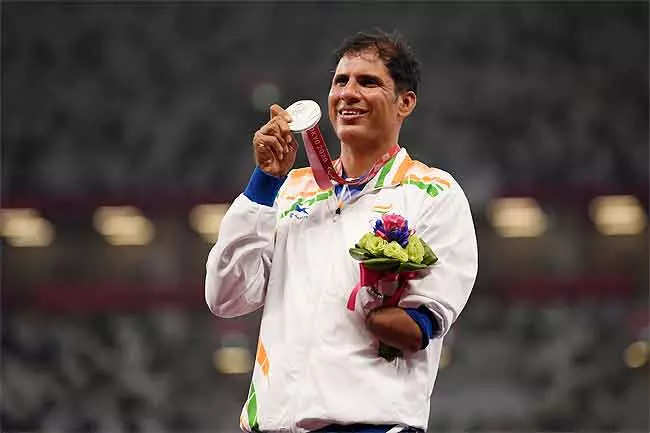
Two-time gold medal winning javelin throw veteran Devendra Jhajharia clinched his third Paralympic medal on August 30 when he pulled off a new personal best throw of 64.35m to clinch the silver in F46 classification.
Hailing from Churu district in Rajasthan, the 40-year-old Jhajharia had lost his left hand after accidentally touching a live electric wire while climbing a tree at the age of eight.
The F46 classification is for athletes with arm deficiency, impaired muscle power or impaired passive range of movement in arms, with athletes competing in a standing position.
Sundar Singh Gurjar (Javelin Throw) – Bronze
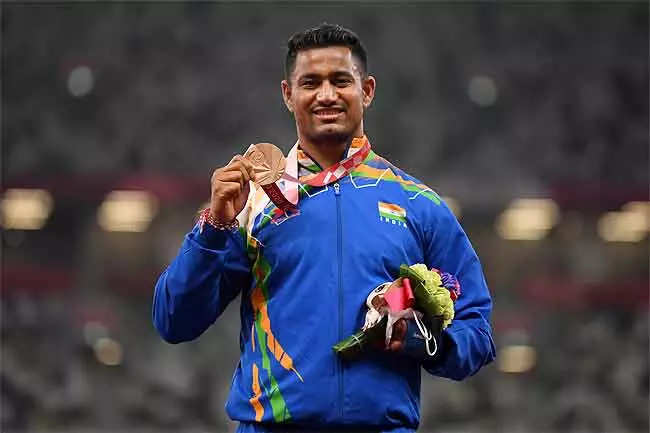
It was double delight for India in the men’s javelin throw F46 final on August 30, when Sundar Singh Gurjar chipped in with a bronze, finishing behind Jhajharia, with a best effort of 64.01m.
Hailing from Rajasthan’s Karauli, 25-year-old Gurjar used to compete in the general category until 2015, but after he met with an accident while fixing a tin shade at his friend’s house that led to amputation of the wrist of the left hand, Gurjar now competes in the F-46 javelin throw category.
Gurjar had made it to 2016 Rio Paralympics but was disqualified for reporting late at the call room before the event. The bronze on August 30 was nothing short of redemption for him.
Sumit Antil (Javelin Throw) – Gold
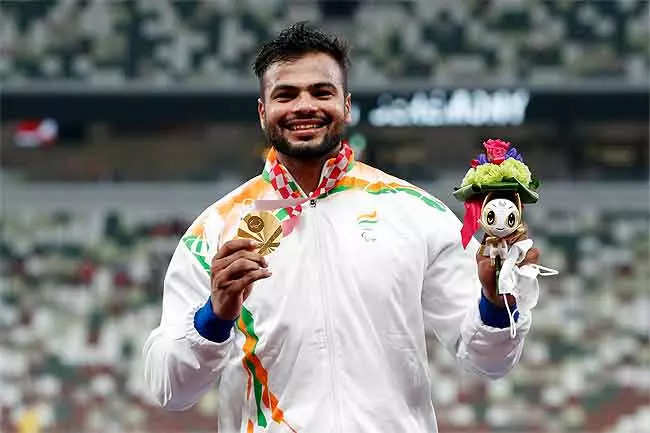
Sumit Antil shattered the men’s F64 category world record multiple times in a stunning Games debut performance to clinch India’s second gold medal on August 30.
Antil sent the spear to 68.55m in his fifth attempt, which was the best of the day by quite a distance and a new world record.
Antil bettered the previous world record of 62.88m, also set by him, five times on the day. His last throw was a foul. His series read 66.95, 68.08, 65.27, 66.71, 68.55 and foul.
Antil was an able-bodied wrestler before losing his left leg below the knee after he was involved in a motorbike accident in 2015.
The 23-year-old Antil, who hails from Sonepat in Haryana is a student of Delhi’s Ramjas College.
The F64 category is for athletes with a leg amputation, who compete with prosthetics in a standing position.
Singhraj Adhana (Shooting) – Bronze
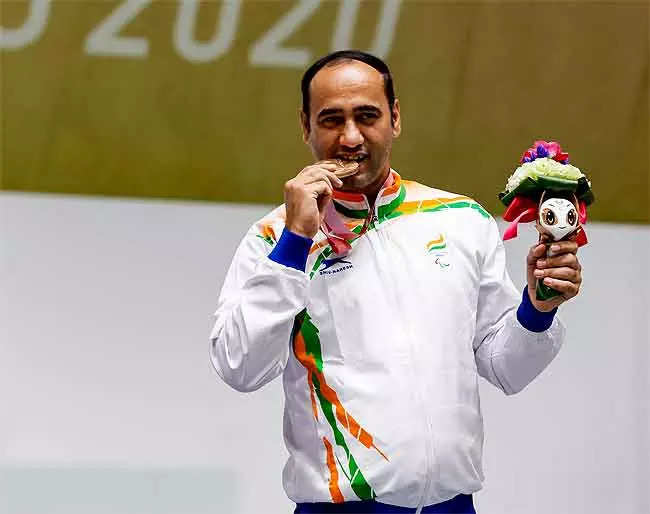
Singhraj Adhana won India’s second medal in shooting when he won the bronze medal in the P1 men’s 10m air pistol SH1 event on August 31.
Making his Games debut, Adhana shot a total of 216.8 to finish the event in third place after qualifying for the eight-man final as the sixth best shooter.
The 39-year-old shooter, hailing from Haryana’s Bahadurgarh is afflicted with polio and took up the sport only four years ago.
P1 is a classification for the men’s 10 air pistol competition. Some shooters compete in a seated position, while others take aim in a standing position as defined in the rules.
Mariyappan Thangavelu (High Jump) – Silver

Defending champion Mariyappan Thangavelu cleared 1.86m to win a silver in the men’s high jump T42 event on August 31.
The 26-year-old Mariyappan had won a gold in the Rio Games five years ago. With his silver medal in Tokyo, Mariyappan became the third Indian after Joginder Singh Bedi and Devendra Jhajharia to win multiple medals at the Paralympics.
Hailing from Tamil Nadu, Mariyappan had suffered permanent disability when he was five years old. He was on his way to school when a drunk driver at the wheel of a bus ran over his right leg, crushing his knee and leaving him with a permanent disability.
Raised by a single mother after his father abandoned the family, Mariyappan battled abject poverty growing up as his mother worked as a labourer before becoming a vegetable seller.
The T42 classification is for athletes with a leg deficiency, leg length difference, impaired muscle power or impaired passive range of movement in the legs. The athletes compete in a standing position.
Sharad Kumar (High Jump) – Bronze
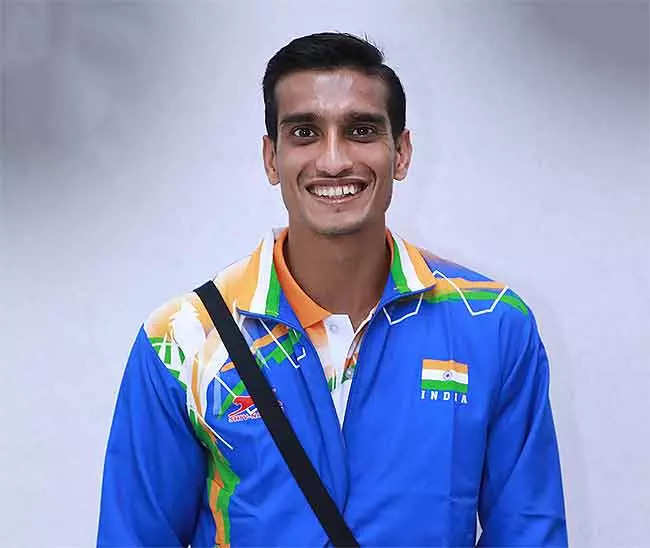
With a jump of 1.83m, Sharad Kumar won a bronze medal in the men’s high jump T42 event on August 31.
Sharad, who hails from Patna, Bihar, attended Delhi’s Modern School and Kirorimal College and took up high jump when he was in class 7 at the St Paul’s School in Darjeeling.
Sharad is also a Sports Authority of India coach. He trained for three years in Ukraine from 2017 onwards to prepare for the Paralympics.
Sharad had suffered paralysis in his left leg as a two-year-old after being administered a spurious polio vaccine dose.
For all the latest Sports News Click Here
For the latest news and updates, follow us on Google News.
